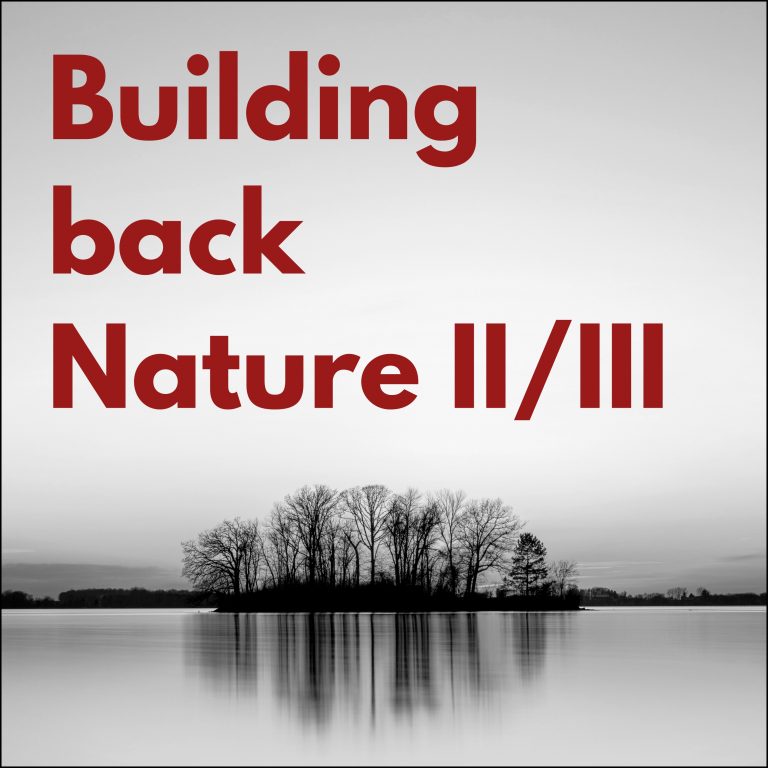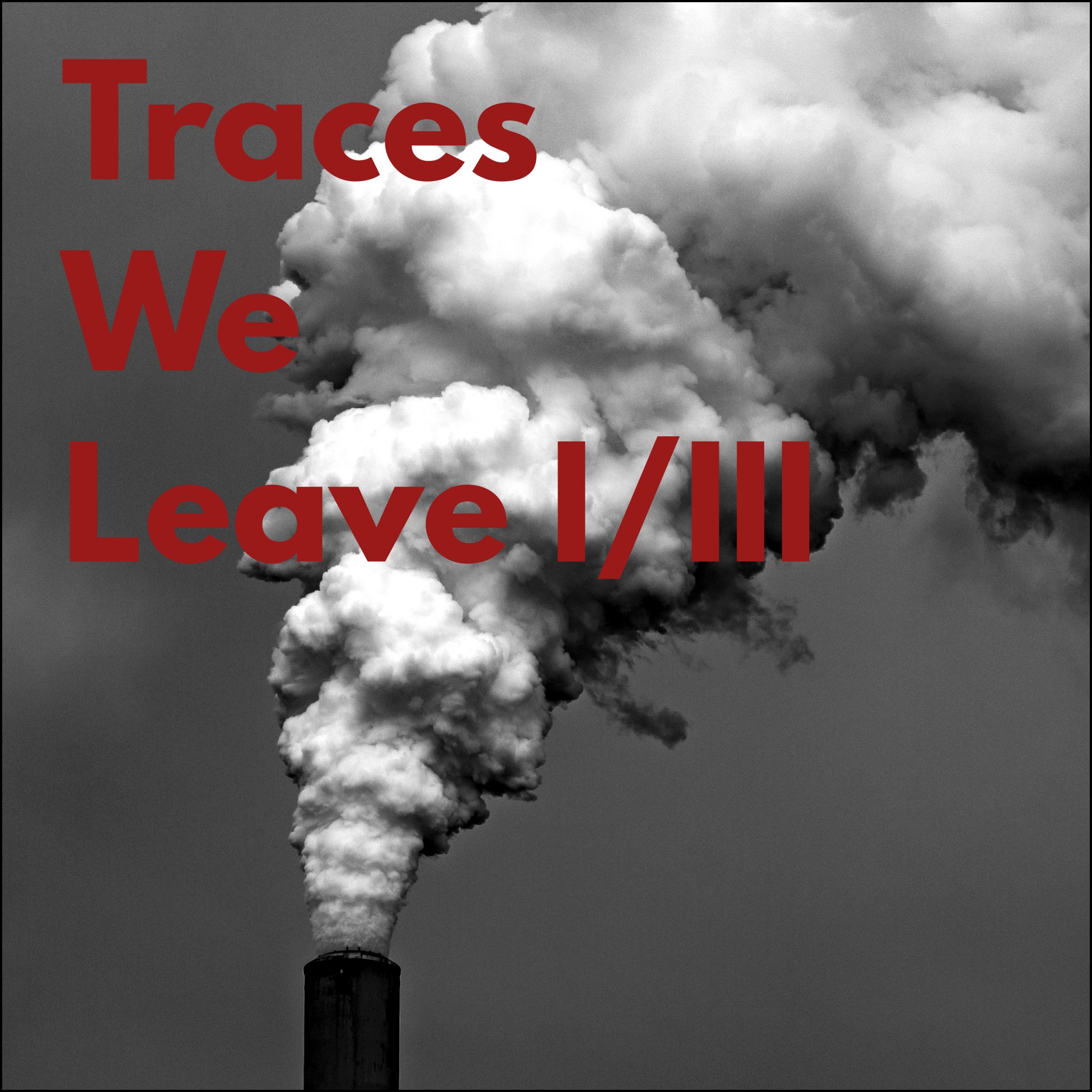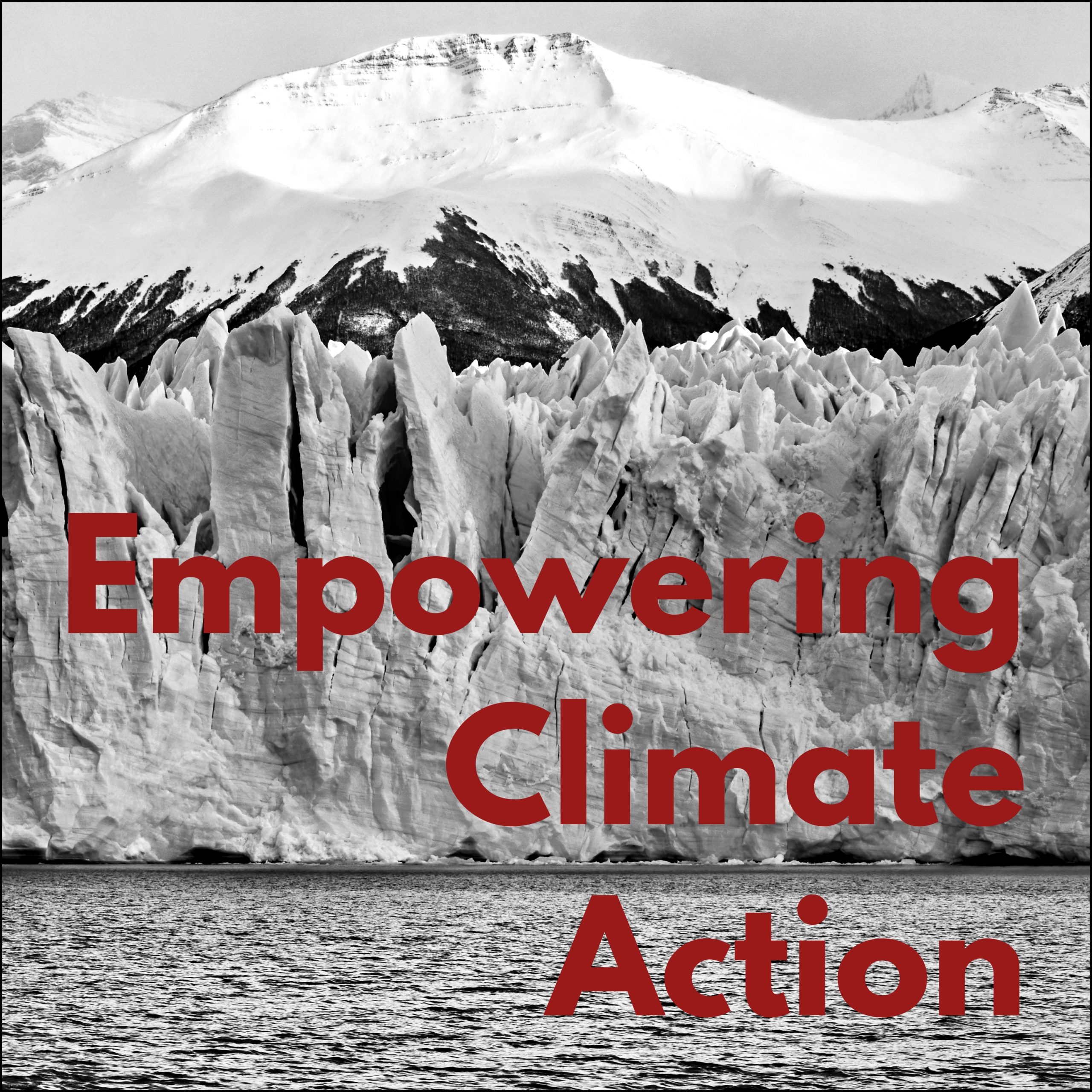Wetlands host nearly 50% of the world’s biodiversity and they contain about 35% of the Earth’s terrestrial carbon, making them significant carbon sinks. Therefore, they are one of the most important Nature-based Solutions (NBS) for mitigating climate change, protecting biodiversity and delivering ecosystem services on a global scale.
At Broadpeak, we collaborate with industry experts, impact-driven investors, and academic institutions to address urgent global challanges. Through our articles and trilogies, we aim to share the insights we have gained from these projects with our network. Explore all of our published articles and trilogies in the blog section of our website.
The Multifunctionality of Wetlands
Wetlands represent some of the world’s most diverse ecosystems, with great potential to be used as NBS to address the planetary crises. A wetland is any area of land saturated with water, ranging from rivers and coastal wetlands such as coral reefs and mangroves to human-made wetlands such as reservoirs, fishponds, and canals. Arghya Chakrabarty from Wetlands International highlighted the importance of wetlands by saying, “Wetland conservation, restoration and sustainability are proven and efficient nature-based solutions, ensuring the protection of habitats and species while also supporting communities and delivering various ecosystem services like climate mitigation and water security.”
Wetlands have a high potential for mitigating climate change and achieving the targets of the Paris Agreement. Despite covering only 6% of the Earth’s surface, wetlands store 33% of the world’s soil organic carbon. They have the capacity to sequester and store carbon up to 55 times faster than tropical rainforests, making them more effective carbon sinks than terrestrial forests. Adam Teixeira-Leite from Environmental Resources Management shared, “One of the key advantages of wetlands is that they can be relatively easy to restore, or at least rehabilitate. Once you ‘fix’ the hydrology, you’re already halfway there. While it might take decades to restore a forest, wetlands can become functional within months or even weeks and quickly start storing carbon, and providing other valuable ecosystem services”.
Moreover, wetlands can help achieve adaptation goals as well by increasing communities’ resilience to climate change. Inland wetlands function like sponges, absorbing and storing excess rainfall to prevent floods and drought. Similarly, coastal wetlands such as mangroves act as shock absorbers, buffering coastlines from extreme weather like cyclones and hurricanes. Yolandi Schoeman, a Postdoctoral Fellow at the University of the Free State said, “In the coming years, we will experience more extreme weather events like floods, wildfires and droughts. Wetlands can play a major role in climate adaptation and disaster risk mitigation. For instance, wetlands operate as natural tubs, storing overflowing water and thus, protecting vulnerable frontline communities by moderating the impact of floods.”
The protection and restoration of wetlands can also help overcome the biodiversity crisis. Since wetlands are transitional zones between terrestrial and aquatic ecosystems, they serve as a network of biological hotspots, hosting 40% of all life forms including plants, animals and microorganisms. They are home to many types of fish and a migratory pit stop for many birds. In addition, mammals like beavers, and even tigers rely heavily on wetlands to find food and shelter. Chakrabarty highlighted, “Wetlands provide habitat and food to a great variety of animal species and therefore are a key ally in our fight to stop biodiversity loss. In India, wetlands are habitats for at least 43% of all flora and 40% of all fauna.”
Wetlands are also critical for solving the world’s water crisis by supplying, purifying and regulating freshwater. They are the main source of freshwater for many water-stressed communities around the world, especially in Africa. Wetlands also act as natural water filters, cleanse stormwater runoff and supplement wastewater treatment plants for water purification. For example, already back in 1997, New York City found that it could save between USD 3-8 billion in new wastewater treatment and filtration plants by spending USD 1.5 billion on land purchase and wetland conservation in the watershed. “Wetlands are extremely significant ecosystems for maintaining planetary health. Just as forests function as the ‘lungs of the earth’, wetlands perform the functions of the ‘kidneys’ by regulating the supply of water through the filtering waste and sediment from the landscape,” said Teixeira-Leite.
In addition to solving multiple planetary crises, wetlands offer multi-beneficial ecosystem services. The global value of wetland ecosystem services (USD 26.4 trillion / year) is still estimated to contribute more than 20% of the total value of ecosystem services globally, exceeding the contributions of terrestrial forests.
Furthermore, around 400 million people globally depend on wetlands for food security and livelihoods. Enock Ole Kiminta from the Kenya National Association of Water Resources Users Associations told us, “Wetlands provide food for almost 80% of Africans and are a source of livelihood for many communities. We need to understand the role that wetlands can and do play in creating employment and decent work – especially for the poorest and most vulnerable people. Wetlands are not wastelands, but wealthlands.”
Recently, governments have been stepping up efforts to protect wetlands. At the UN Biodiversity Conference in December 2022, countries agreed on a landmark deal to protect a third of the planet’s lands, coastal areas and inland waters by 2030. Action to restore wetlands is gathering momentum around the world. For example, China is developing the “sponge cities” concept, in the face of rapid urbanization and intensified climate hazards, including flooding. Just last month, the largest river and wetland restoration initiative in history was launched at UN Water Conference, putting wetlands at the centre of solving the world’s worsening water, climate and the biodiversity crisis.
What Threats do Wetlands face?
Despite their multifunctionality and massive potential, there has been a continued and rapid decline in wetlands globally. As much as 87% of the world’s wetlands have been lost over the past 300 years, and we are still losing them faster than any other ecosystem. Moreover, wetland vertebrate populations have fallen more than twice as sharply as terrestrial or marine populations. The degradation of wetlands is mainly driven by land conversion for urban development and unsustainable land-use practices. Wetlands are increasingly being drained for urban development like building roads, dams, golf courses and other grey infrastructure. In the absence of wetlands, cities have to spend more money to treat water and prevent floods in nearby communities. Moreover, storm surges from hurricanes can penetrate farther inland, disrupting food supplies and livelihoods.
Wetlands are extremely threatened by the agriculture sector as a result of land conversion, excessive use of pesticides, diversion of water, drainage and infilling. Over the past 20 years, the intensification of agriculture has led to increased destruction of wetlands through the extraction of water for irrigation and pollution due to a rising global trend in fertilizer and pesticide use. Many regions are expanding and intensifying agriculture to meet growing food demand.
Diana Denke, from Fair Carbon, in an exchange with Broadpeak, said, “The world has already lost more than 80% of its former wetlands. Wetlands are mostly drained to clear new land for farmers and the result is horrendous because those peatlands that were carbon sinks before, once you drain them, they become carbon emitters.”
Climate change significantly threatens wetlands with rising temperatures and more frequent or intense droughts, storms and floods. UNEP estimates that some 20 to 90% of current coastal wetlands could be gone by the end of the century, depending on the amount of climate-related sea level rise. Moreover, climate change reduced the capacity of wetlands to sequester carbon. A recent study, published in the journal Nature Climate Change, found that if the global temperature rises by 1.5 to 2 degrees Celsius, the function of wetlands as carbon sinks will weaken by 57%, and its role in mitigating climate change will greatly weaken. The warming also increased the net emission of methane and nitrous oxide from the wetlands, according to the study.
It is Time for Action
Going forward, we need more effective laws and regulations to protect and restore wetlands and ensure sustainable water management. Preventing wetland degradation through better policies and support for the adoption of sustainable farming is urgently required. Kiminta said, “We need policies and regulations that promote the sustainable use of wetlands. We need to enforce polluter pay standards and principles, whereby those who pollute must pay for it and must repair and restore the damage they cause.”
International cooperation on wetland conservation has to extend beyond the state boundary and thus involves working across several countries. In such cases, it may be pertinent to define interstate working arrangements by engaging members from relevant departments. Denke said, “Sometimes wetlands can extend across multiple countries. It doesn’t really make sense if one part of it is protected by a certain country, but the other is not, as the negative effects will obviously trickle through to other areas as well. Therefore, we need stronger international cooperation and partnerships for NBS-related projects.”
More research is required to evaluate how to best use wetlands as cost-efficient and sustainable NBS to a range of societal challenges. We also need to promote partnerships, especially with universities and research institutions to fill information gaps. Schoeman said, “Universities need to play a bigger role in terms of supporting government departments as policy enablers. The role of academia in building capacity and advancing research in wetland management would help promote awareness as well as fill in the knowledge gap to advance sustainable wetland management. “
It is essential to close the funding gap that is currently impeding the expansion of wetland projects. To safeguard important wetland ecosystems, we need policies that encourage private sector investments in sustainable supply chains. Moreover, we need to be able to quantify and measure the value of multiple ecosystem services that wetlands provide. Similar to carbon credits, biodiversity and rewilding credits should also be introduced.
Lastly, we should increase public awareness about the importance of wetlands and the challenges they face. Wetlands are often erroneously viewed as unhygienic water dumpsites that harbor diseases and have negative environmental impacts. As a result, we tend to underestimate and undervalue these critical ecosystems. Denke concluded “We need to change public perception about wetlands. People continue to undervalue their potential to address some of the world’s most pressing sustainability challenges. Wetlands are often considered wasted areas. However, in reality, they play a crucial role in mitigating climate change, preventing biodiversity loss, and providing other essential ecosystem services.”





